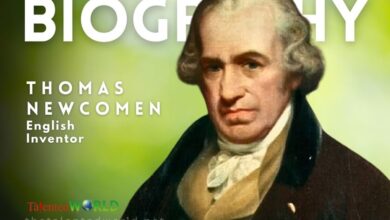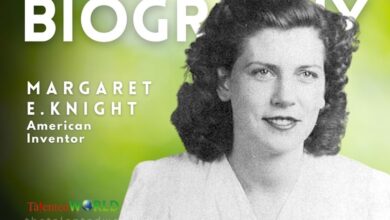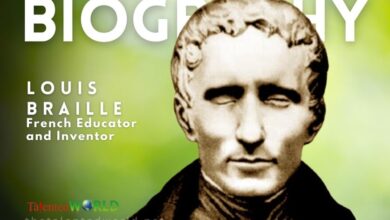| Full Name | Sir Humphry Davy, 1st Baronet, FRS, MRIA, FGS |
| Birth Date | 17 December 1778 |
| Birthplace | Penzance, Cornwall, England |
| Death Date | 29 May 1829 |
| Place of Death | Geneva, Switzerland |
| Known for | Inventing the Davy lamp and an early form of arc lamp; isolating potassium, sodium, calcium, strontium, barium, magnesium, and boron using electricity; discovering the elemental nature of chlorine and iodine; studying electrochemistry; discovering clathrate hydrates |
| Awards | Copley Medal (1805), Prix du galvanisme (1807), Rumford Medal (1816), Royal Medal (1827) |
| Scientific Career | Fields: Chemistry; Institutions: Royal Society, Royal Institution; 23rd President of the Royal Society (1820–1827) |
| Notable Contributions | Experimenting with nitrous oxide and identifying its potential as an anesthetic (nicknamed “laughing gas”); conducting research in electrochemistry; discovering the effects of electricity on chemical elements; inventing the Davy lamp for miners’ safety |
| Membership | President of the Royal Society (PRS), Member of the Royal Irish Academy (MRIA), Fellow of the Geological Society (FGS), member of the American Philosophical Society |
| Publications | Notable works include the 1806 Bakerian Lecture On Some Chemical Agencies of Electricity |





